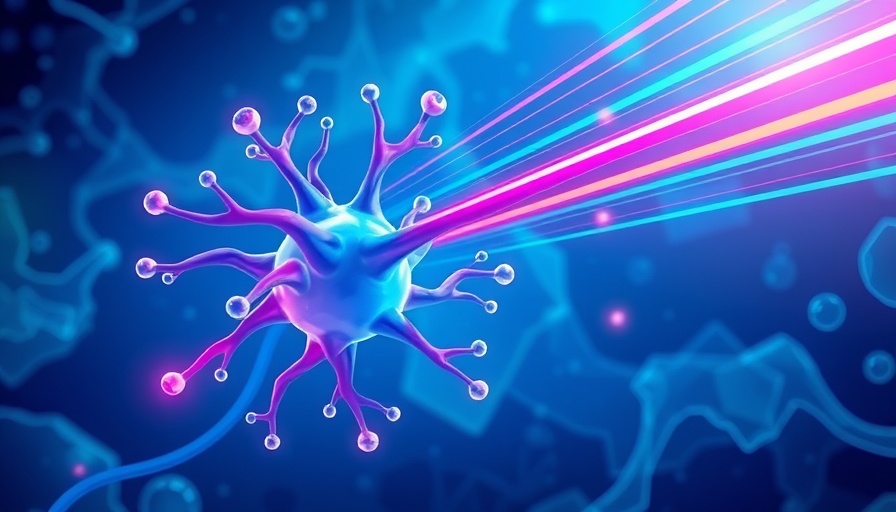
Pioneering Protein Innovation: How Arctic Microbes Could Change Neuroscience
In the remote, icy expanses of our planet lies a groundbreaking discovery that holds the potential to revolutionize neuroscience. Scientists have identified unique proteins in cold-adapted microbes known as cryorhodopsins. These proteins exhibit a rare ability to act as molecular switches, turning cellular activity on and off when exposed to light. This research, spearheaded by Kirill Kovalev from the European Molecular Biology Laboratory, illuminates new paths for technological advancements in brain health and neuromodulation.
The Intriguing World of Cryorhodopsins
Cryorhodopsins were discovered by Kovalev while exploring microbial rhodopsins predominantly found in icy habitats such as glaciers and high mountain valleys. The uniqueness of these proteins lies not only in their cold adaptation but also in their unique capability to detectable light, especially ultraviolet light. This characteristic is believed to help these microorganisms survive in extreme conditions where light availability is limited. The implications for neuroscience could be immense, as Kovalev notes that these proteins can be engineered to create advanced light-activated switches in brain cells.
A Leap Towards Advanced Brain Tech: The Optogenetics Connection
The discovery of cryorhodopsins adds a novel dimension to the field of optogenetics, a technique increasingly utilized by neuroscientists to manipulate neuronal behavior. Historically, optogenetics employed various light-sensitive proteins to stimulate or inhibit neuronal activity. However, utilizing cryorhodopsins could enable more precise control mechanisms, allowing researchers to explore brain function more deeply than ever before. This could lead to transformative applications, such as light-based therapies for mental health disorders, brain injuries, and neurological diseases.
Luminescence and Applications in Medical Science
The luminous characteristics of these cryorhodopsins also promise significant medical advancements. A variety of potential applications are on the horizon, ranging from innovative hearing aids that utilize light to stimulate auditory nerve cells to versatile tools that enhance diagnostic capabilities. Envisioning a future where the shimmering properties of these proteins can be harnessed adds a layer of excitement to the ongoing research in neuroscience.
Relevance and Future Possibilities
In an age where mental health awareness is paramount, the innovations inspired by cryorhodopsins could be key in developing new solutions for treating brain-related conditions. The current frenzy in tech-driven industries has led to a heightened understanding of human health; advancements in neuroscience are increasingly recognized as essential for the holistic success of tech businesses. As CEOs and marketing managers thrive in competitive environments, interested parties should consider how emerging technologies can be integrated into business strategies, offering innovative approaches to wellness.
Counterarguments: Potential Challenges Ahead
While the potential applications of cryorhodopsins are promising, some challenges must be acknowledged. The variation in the molecular response of these proteins in vivo compared to controlled experimental settings remains a contentious point—pushing the sciences to establish further rigorous testing. As skeptics caution against overly ambitious claims, balancing excitement for the possibilities with practical application remains crucial.
A Call to Innovation: Engage with the Future of Neuroscience
Cryorhodopsins exemplify a growing intersection of biology and technology, inviting businesses and researchers to engage in a collaborative dialogue. The exploration of these proteins is not merely an academic pursuit; it represents a chance for industries to innovate radically. As we move forward, professionals across sectors should consider how to harness the insights from cutting-edge discoveries to foster growth in technology-driven health initiatives.
As the revolution in neuroscience unfolds, it is imperative for business leaders to remain ahead of the curve, integrating scientific innovation with industry strategies to not only promote wellness but also to drive future advancements. Keeping apprised of these discoveries will be critical in steering companies towards new horizons of opportunity.
 Add Row
Add Row  Add
Add 




Write A Comment